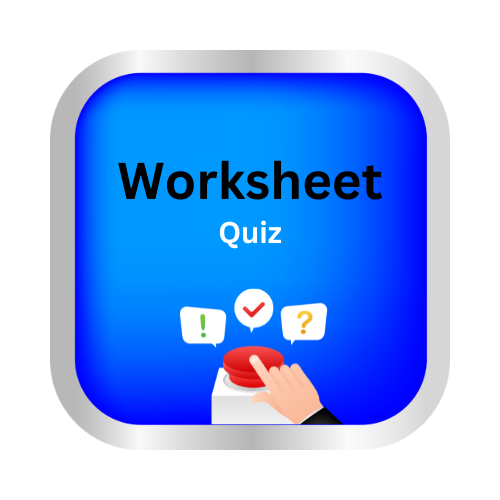Convert between standard and expanded form
key notes :
| 🎈 Understanding Standard Form: |
- Definition: Standard form is the usual way of writing numbers using digits.
- Example: The number 273 is in standard form.
| 🎆 Understanding Expanded Form: |
- Definition: Expanded form breaks down a number into the sum of each digit multiplied by its place value.
- Example: The number 273 in expanded form is 200 + 70 + 3.
| 🎇Converting from Standard Form to Expanded Form: |
Identify Place Values: Determine the place value of each digit in the number.
Example: For 473:
- 4 is in the hundreds place (400)
- 7 is in the tens place (70)
- 3 is in the ones place (3)
Write Each Value Separately:
Break the number into its place value components.
- Example: 473 = 400 + 70 + 3
Combine the Values:
Add the values together to express the number in expanded form.
- Example: 400 + 70 + 3 = 473 in standard form.
| 🧨Converting from Expanded Form to Standard Form: |
Add the Place Values Together:
Combine the place value components to form the number.
- Example: For 500 + 20 + 8:
- 500 (hundreds)
- 20 (tens)
- 8 (ones)
Write the Combined Value:
- Add the place values together.
- Example: 500 + 20 + 8 = 528
| 🎉 Examples for Practice: |
Standard Form to Expanded Form:
Convert 245 to expanded form:
245 = 200 + 40 + 5
Convert 379 to expanded form:
379 = 300 + 70 + 9
Expanded Form to Standard Form:
Convert 600 + 50 + 7 to standard form:
600 + 50 + 7 = 657
Convert 400 + 30 + 2 to standard form:
400 + 30 + 2 = 432
| 🎉 Key Steps for Conversion: |
From Standard to Expanded:
- Identify the place value of each digit.
- Write each digit as a multiple of its place value.
- Combine these values to form the expanded form.
From Expanded to Standard:
- Add up all the place value components.
- Write the final sum as a single number in standard form.
| 🎃 Tips for Students: |
- Place Value Chart: Use a place value chart to visualize and organize digits.
- Break Down the Number: Focus on each digit’s place value when converting.
- Practice Regularly: Work on practice problems to become more comfortable with both forms.
Learn with an example
🔔 What is 700 + 40 + 3 in standard form?
- 700 is 7 hundreds.
40 is 4 tens.
3 is 3 ones. - Use a place value chart:
hundreds | tens | ones |
| 7 | 4 | 3 |
- The number is 743.
🔔 What is 700 + 80 + 8 in standard form?
- 700 is 7 hundreds.
80 is 8 tens.
8 is 8 ones. - Use a place value chart:
hundreds | tens | ones |
| 7 | 8 | 8 |
- The number is 788.
🔔 What is 800 + 70 + 9 in standard form?
- 800 is 8 hundreds.
70 is 7 tens.
9 is 9 ones. - Use a place value chart:
hundreds | tens | ones |
| 8 | 7 | 9 |
- The number is 879.
Let’s practice!

